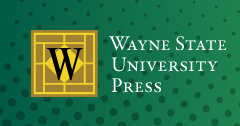Abstract
Memorial sites that commemorate the suffering caused by Nazi terror in Europe are often represented and conveyed through digital geomedia such as multimedia maps, augmented reality applications, or GPS-based audio walks. In my understanding of geomedia, I am following media studies professor Hedwig Wagner, who defines it as “global communication media with reconnection to concrete physical locations” (my translation). In the field of digital Holocaust Memory, various authors refer to the potentials of geomedia to reveal something that is otherwise invisible. Victoria Grace Walden, for example, proposes in her interpretation of the augmented museum reality application Oshpitzin, that mobile devices in this context may be “used as excavation tools that help us to reveal layers of the past that lie dormant, not made visible, or forgotten in today’s physical environments.” While I am convinced that geomedia indeed does have the potential to reveal invisible parts of the past, I think that a critical examination of its function within digital Holocaust memory—as representation of a place of trauma, and as a discourse—is a fruitful endeavor, one that I will follow in my article.
Recommended Citation
Dressel, Leo
(2022)
"Mapping the Unapproachable: An Analysis of Digital Mappings of Traumatic Places in Europe,"
Jewish Film & New Media: Vol. 10:
Iss.
2, Article 8.
Available at:
https://digitalcommons.wayne.edu/jewishfilm/vol10/iss2/8
